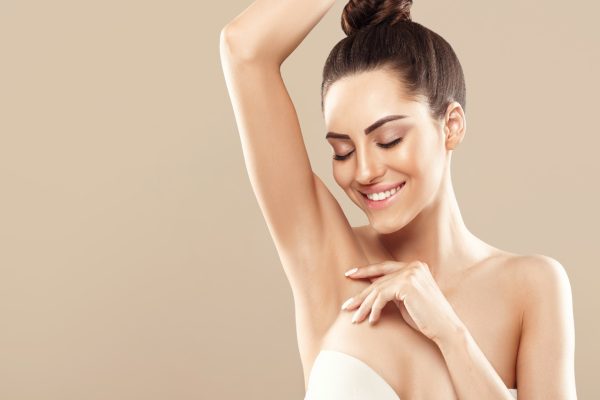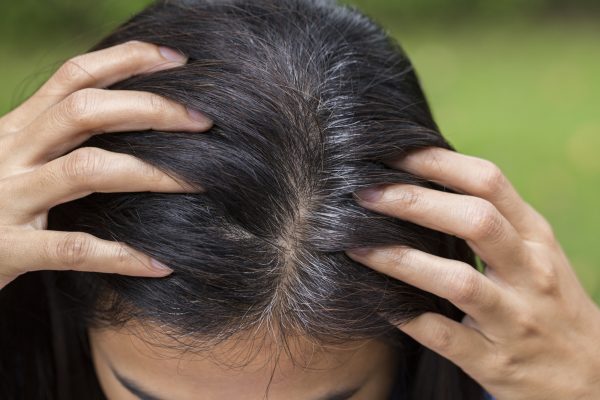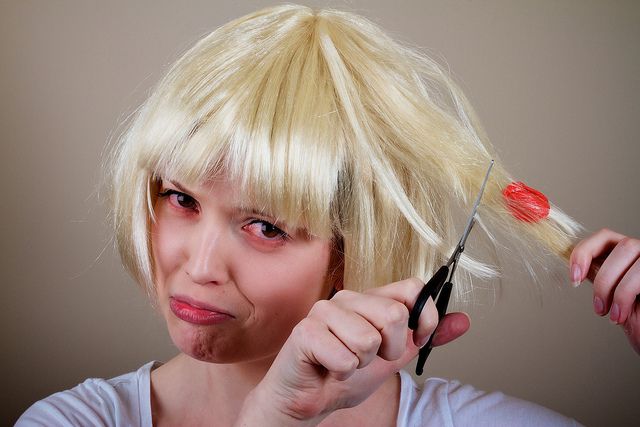You probably know what your skin type is, but do you also know what your hair type is? If you didn’t know, hair types are classified using a number-letter combination (yes, like bra sizes).
The numbers 1 through 4 correspond to one of four curl patterns: straight, wavy, curly, or coily. The numbers are then combined with a letter, A through C, indicating the tightness of the waves, curls, or coils. In other words, 1A hair is extremely straight, whereas 4C hair is extremely coiled.
While the hair typing system is more commonly known among individuals with kinds 3 and 4 hair (since curly and coily hair require their own set of treatments, equipment, cutting techniques, and more), knowing more about your hair type can be advantageous regardless of what it is.
Jasmine Rilington and Alicia Bailey, as well as licensed hair practitioner Gaby Longsworth, Ph.D., teach all you need to know about type 2A hair in this video.
GET TO KNOW THE EXPERT
Jasmine Rilington is the owner of the Glam Room and a hairstylist.
Alicia Bailey is a Design Essentials stylist, hair texture expert, and global educator.
Gaby Longsworth, Ph.D., is the founder of AbsolutelyEverythingCurly.com and a licensed hair practitioner.
What Is Hair Type 2A?
“Type 2A hair has the loosest S waves of the two types. It grows straight from the roots for a few inches before descending into gently S-shaped waves “Longsworth describes.
“Basically, it’s wavy enough that it’s not straight.” While the texture might be medium or coarse, it is often thinner in body and lacks volume compared to other hair types, she notes.
Differentiating Type 2A Hair from Other Hair Types
When compared to its two closest cousins, types 1C and 2B, 2A hair lies somewhere in the center. Longsworth notes that type 1C hair is straight but has substance and a small bend, whereas type 2B hair has more pronounced S waves than type 2A hair.
Another distinguishing factor? “Because the S wave pattern isn’t as prominent in type 2A hair, it may require more manipulation to produce texture,” Bailey adds. She says that it is easily straightened and styled at that stage.
How Do You Take Care of Type 2A Hair?
According to Longsworth, 2A hair is very manageable and minimal maintenance. However, there are a few crucial things you can do to keep your strands healthy and looking nice.
Look for Volumizing Products
Longsworth recommends lightweight foams and mousses for boosting volume and fortifying thinner 2A strands. They will also not weigh down the hair. Up to that point…
Stay away from heavy, oil-based products.
Because Type 2A hair is straight at the roots, it is more prone to oiliness: “Sebum has a far easier time sliding down straight hair than wavy, curly, or coily hair,” Longsworth notes.
For this reason, persons with type 2A hair should avoid oils or heavy oily-based lotions or gels; these formulations will also cause the hair to lie flat at the root, making it more difficult to obtain that sought volume, she says.
Detangle everything.
“Type 2A hair is more prone to breaking due to its natural fineness,” adds Rilington. Using a detangler before brushing and style is one simple approach to help avoid breaking, she says.
Preserve Moisture
Rilington argues that type 2A hair is more susceptible to frizz than other hair types since there is naturally less moisture retained in the hair.
Avoid doing anything that will further dry out your hair, such as turning up the heat on your hot tools, and instead choose for lightweight moisturizing treatments, such as a leave-in conditioner (especially for your mid-lengths to ends) and frizz-fighters.
What Are the Best Haircuts and Styles for Type 2A Hair?
“2A hair types may wear their hair in a number of ways,” Bailey explains. “A short pixie, a medium to shoulder-length bob, or even a mid-back length are all excellent choices.”
Rilington recommends a shoulder-length shape for a universally flattering appeal. “It gives the hair a lot of substance so it doesn’t appear flat and complements the waves well,” she explains.
Still, at the end of the day, both stylists emphasize that with this hair type, the products you use will make a bigger impact than the cut or style.


